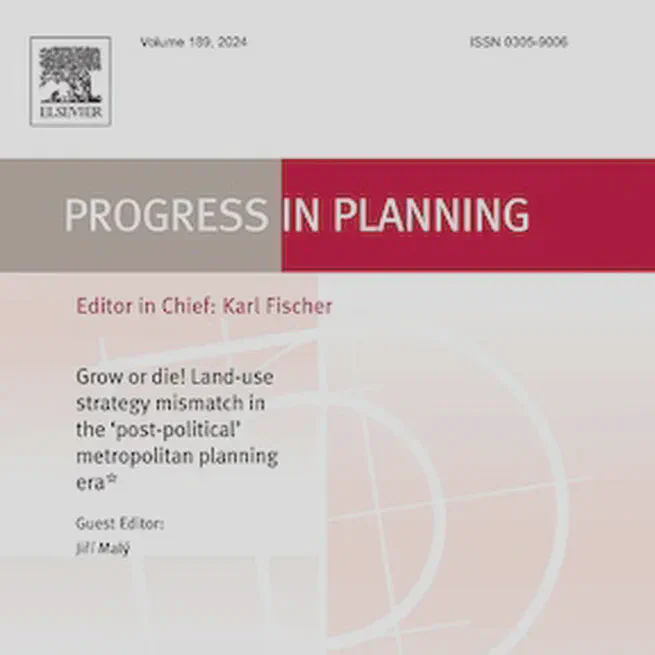
Lorem ipsum dolor sit amet, consectetur adipiscing elit. Duis posuere tellus ac convallis placerat. Proin tincidunt magna sed ex sollicitudin condimentum.
3月 1, 2025
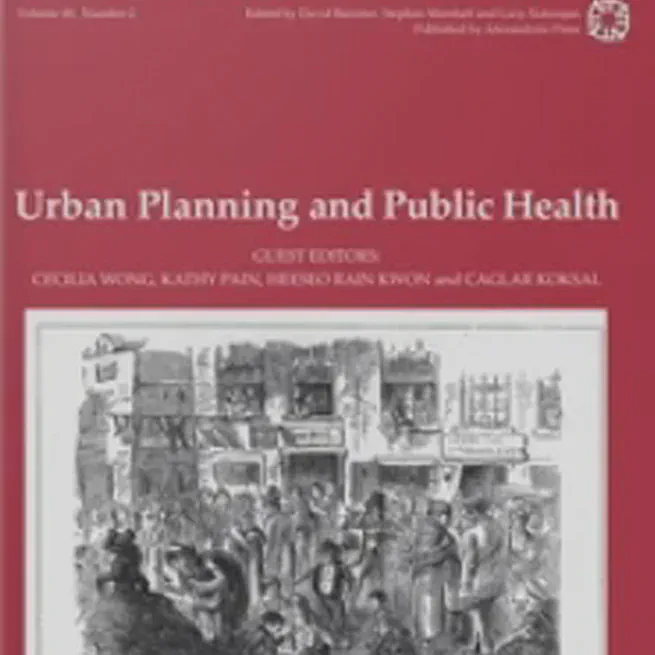
6月 1, 2023
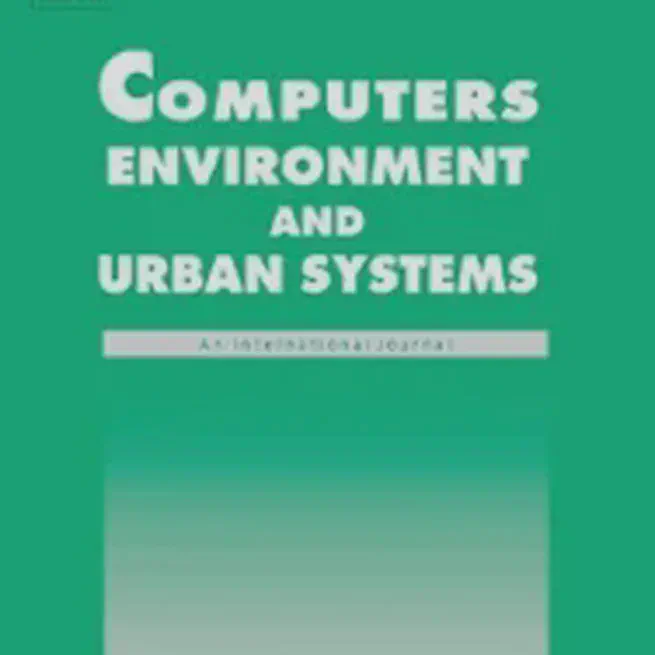
Distribution of distinct point-based geotags in Greater London. Highlights
1月 17, 2023
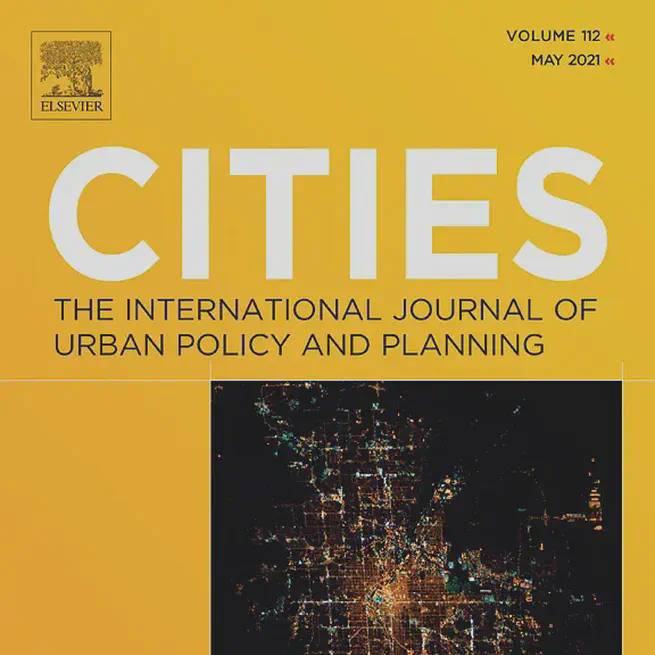
Daily trends of reopen discussion in London under Covid-19 Pandemic
5月 15, 2021
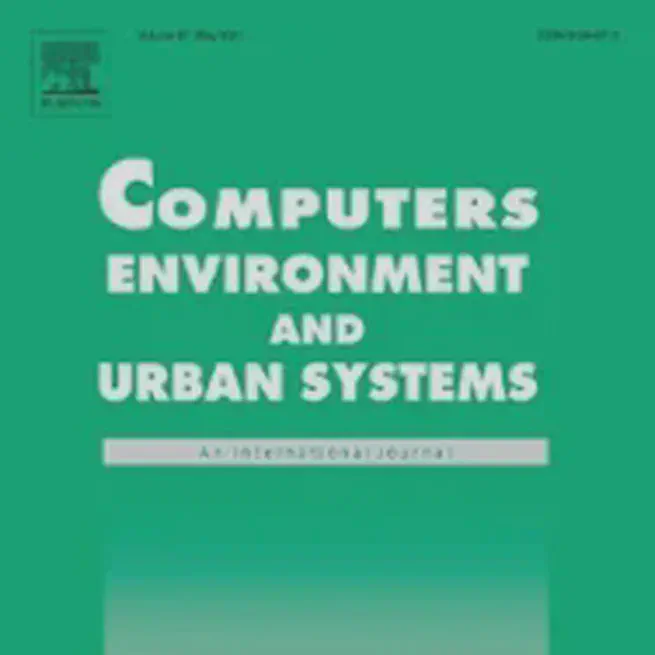
Click the Cite button above to demo the feature to enable visitors to import publication metadata into their reference management software. A neural network embedding model is employed in delineating urban functional use from POI (Points of Interest) data. Doc2Vec model directly trains vector representations for spatial areas while considering the spatial distribution of POIs. This paper explores the functional similarity among 574 POI classes and 4836 LSOAs (Lower Layer Super Output Areas) in Greater London. Doc2Vec model outperforms other semantic models (Word2Vec, LDA and TF-IDF) in urban functional areas identification. Similarity of POI classes trained by Doc2Vec model Create your slides in Markdown - click the Slides button to check out the example. Add the publication’s full text or supplementary notes here. You can use rich formatting such as including code, math, and images.
5月 10, 2021
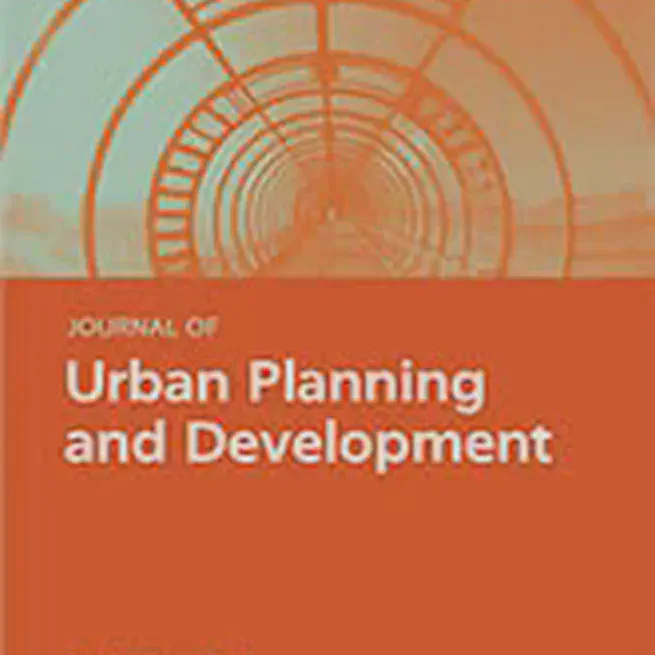
Crowdsourced data, such as social media data, points of interest (POIs) data, and collaborative websites, generated by the crowd, have become fine-grained proxy data of urban activity and widely used in research in urban studies. This paper conducts a literature search in the Web of Science database, selecting 226 highly related papers published between 2013 and 2019. Based on these papers, the review first conducts a bibliometric analysis identifying underpinning domains, pivot scholars, and papers around this topic.
3月 26, 2020